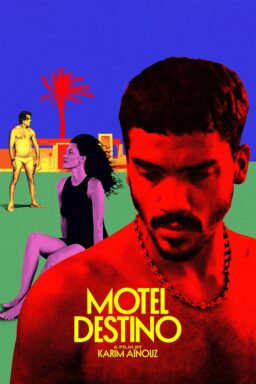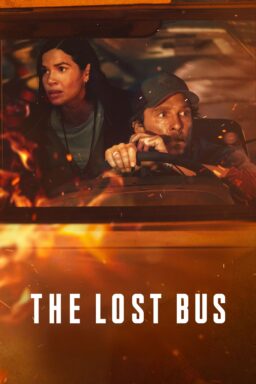
Hands up.
I do believe the best single piece of film criticism that I’ve read in 2008 (and I’ve thought so ever since I read it two months ago) is David Bordwell’s “Hands (and faces) across the table” — which, parentheses aside, also happens to be the title of a delightful 1935 comedy directed by Mitchell Leisen (“Easy Living,” “Midnight,” “Remember the Night”) starring Carole Lombard, Fred MacMurray and Ralph Bellamy. (Manohla Dargis’s review of Gus Van Sant’s “Paranoid Park” deserves mention, too. And Glenn Kenney became my hero this year when he posted “‘Pierrot le Fou: An Annotated Bibliography,” Parts 1 & 2.)
But Bordwell’s article centers on a scene from Paul Thomas Anderson’s “There Will Be Blood” (just released on DVD) and the director’s orchestration of screen space, which involves creating rhythm and texture by moving the actors, not just the camera. (This, too, is mise-en-scène.) Writes DB:
In books and blogs, I’ve expressed the wish that today’s American filmmakers would widen their range of creative choices. From the 1910s to the 1960s (and sometimes beyond), US filmmakers cultivated a range of expressive options—not only cutting and camera movement but other possibilities too. Studio directors were particularly adept at ensemble staging, shifting the actors around the set as the scene develops.
You can still find this technique in movies from Europe and Asia, as I try to show in “Figures Traced in Light” and elsewhere on this site. But it’s rare to find an American ready to keep the camera still and steady and to let the actors sculpt the action in continuous time, saving the cuts to underscore a pivot or heightening of the drama. Now nearly every American filmmaker is inclined to frame close, cut fast, and track that camera endlessly. I’ve called this stylistic paradigm intensified continuity….
(See Bordwell’s analysis of the map scene with Paul Sunday, and accompanying frame grabs.)
Without any close-ups or cutting, Anderson has skillfully steered us to the main points of the scene, which are carried by the performers. The drama builds through small changes of position, shifts of weight, and facial expressions that accompany the dialogue. (The somber, plaintive music adds an uneasy edge.) Daniel seems more threatening when we don’t see his reaction, and Anderson’s camera forces us to scrutinize Paul’s expressions and body language for signs that this is a scam. It takes confidence to make a raised hand the climax of a scene, but the gesture gains its force by being the most aggressive moment in an arc of quietly accumulating tension.
All the principles involved here—frontality, spacing of figures, slight shifts of compositional focus, actors’ body language—are simple in themselves, but they gain a strong impact by cooperating with one another. The scene’s quiet obliqueness is characteristic of the film, which, at least until the last few minutes, carries us along with hints about where the action might go and what drives its characters….
I get a kinetic kick out of camera movement as much as anybody else, but there’s nothing quite so engaging (and subtly thrilling) as a shot organically composed so as not to call attention to itself.










